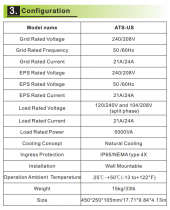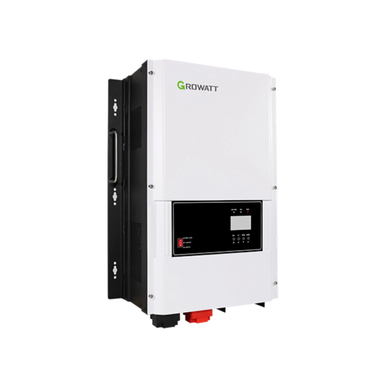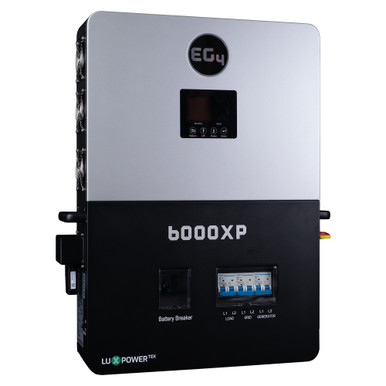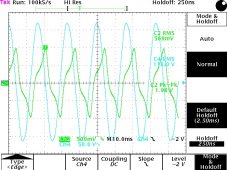Two 120V HF inverters (either in two boxes or one) is the low-cost light weight solution to providing 120/240V split-phase.
That saves the cost of aluminum or copper low-frequency windings and the weight of iron core.
Hey
@BenFromSignatureSolar, do you offer such a product?
I think that is what you should have for price-sensitive customers.
You do have LF split-phase:
Signature Solar provides solar panels, off-grid solar systems, grid-tie, and hybrid systems. Quality solar inverters, bifacial solar panels, complete solar kits, solar batteries. Featuring brands such as EG4 Electronics with their solar battery, LifePower4 and EG4 LLifePower4 and EG4 LL

signaturesolar.com
And it looks like 120V HF single-phase, stackable for 120/240V split-phase:
A pair of those would be $1438, 3kW on either 120V output, 6kW at 240V.
I think that's what you should be promoting rather than auto-transformer on output of 240V inverter (for customers with grid input.)
Oh, does that have relay to feed through from grid? Or just a battery charger?









